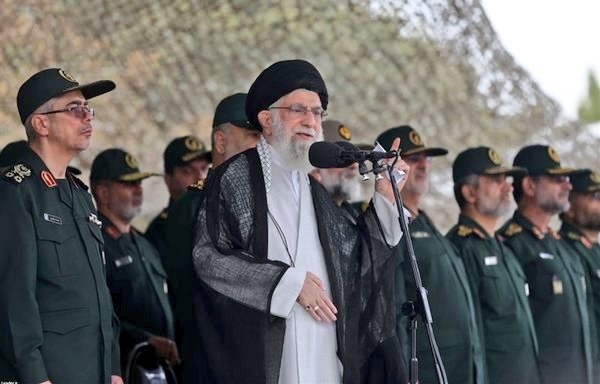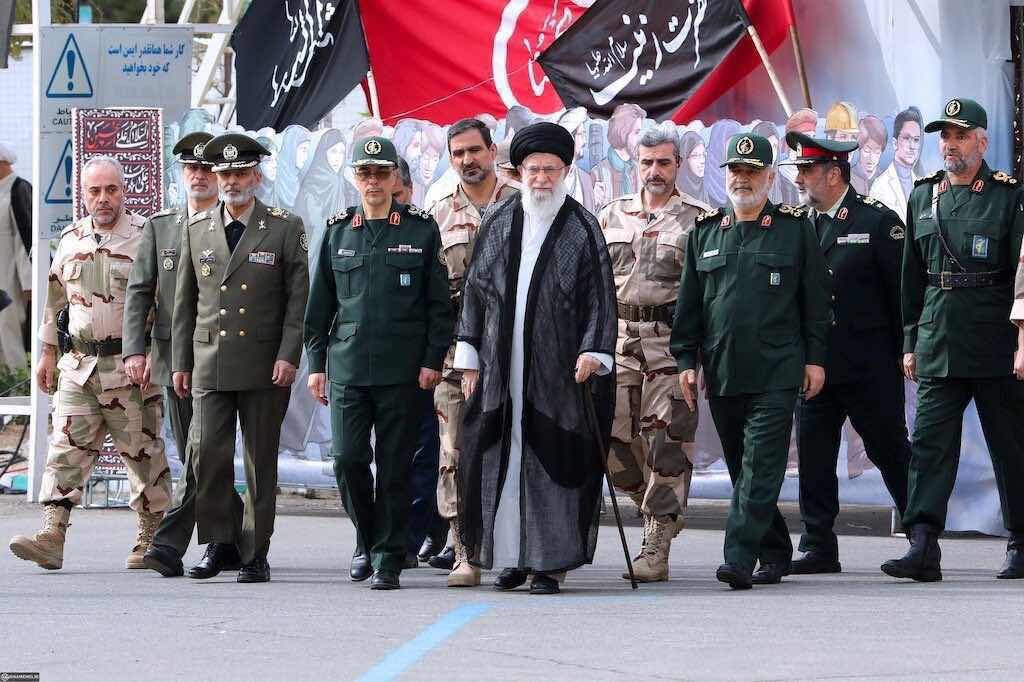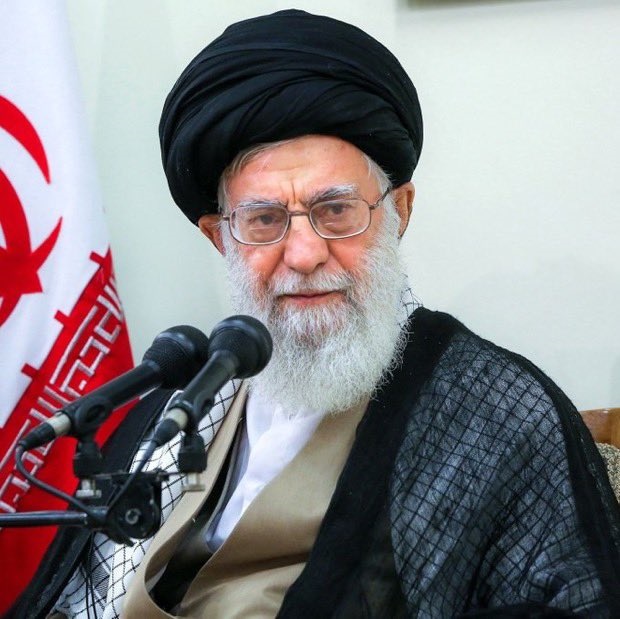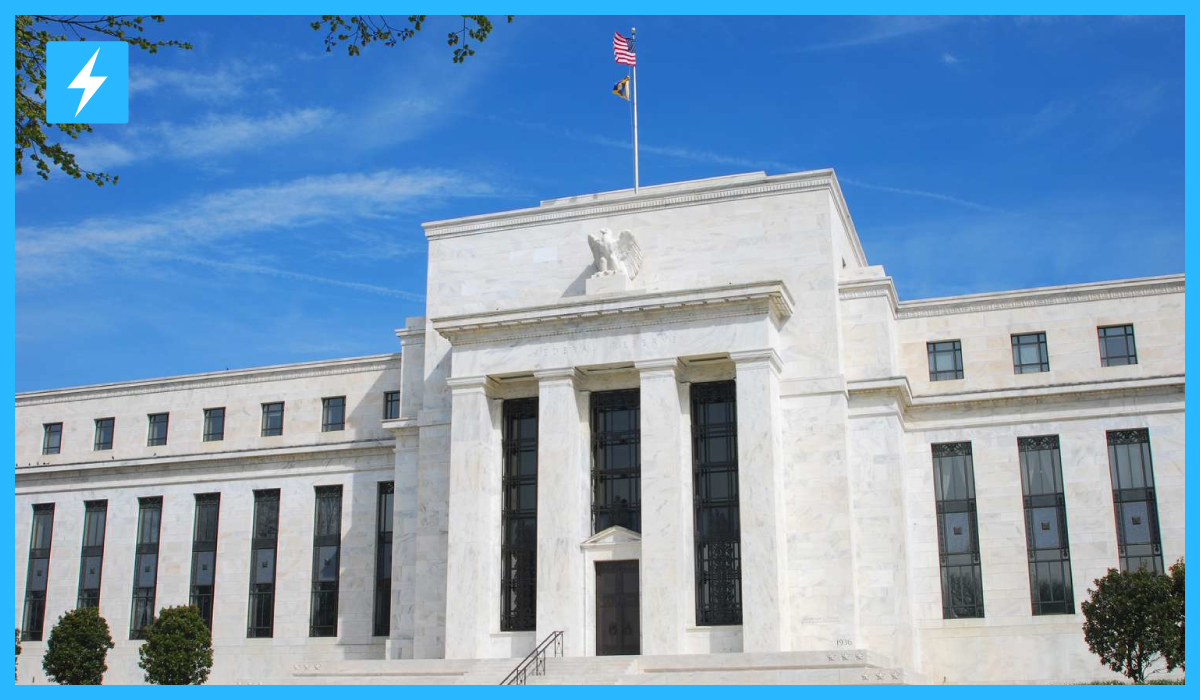Iran’s Supreme Leader vows heavier blows
June 22, 2025 | TEHRAN/ WASHINGTON D.C. – In his first public response to the devastating U.S. airstrikes that crippled key nuclear facilities, Iran’s Supreme Leader Ayatollah Ali Khamenei issued a grave and direct threat against the United States on Sunday, warning Americans to expect retaliatory strikes causing “greater damage and heavier blows than ever before.”
Key Developments:
- Khamenei’s Unprecedented Warning: In a televised address, the rarely-seen Supreme Leader explicitly linked his threat to Trump’s bombing of Iran, stating: “The malicious move by the criminal U.S. regime targeting the sacred nuclear achievements of our nation… will not go unanswered. The Americans must await strikes that will inflict greater damage and heavier blows upon them than they have ever experienced.”* This represents one of Khamenei’s most direct and ominous threats against the U.S. homeland in decades.
- IRGC Confirms Retaliation Plans: Iran’s Islamic Revolutionary Guard Corps (IRGC) immediately echoed Khamenei, declaring the U.S. attack had “opened the gates of hell” and vowing operations that would “fundamentally change the security equations” for America. The IRGC commander stated retaliation would be “decisive, widespread, and painful.”
- Targeting the U.S. Homeland: Crucially, both Khamenei and the IRGC framed the coming retaliation as targeting American interests globally and potentially the U.S. homeland itself, moving beyond the typical focus on U.S. forces in the Middle East. Searches for “will Iran attack the U.S.” and “Iran threatens US homeland” surged globally.
- Heightened U.S. Alert: The Pentagon placed all U.S. forces worldwide at DEFCON 3 (Increased Force Readiness). Homeland Security Secretary issued a bulletin warning of heightened risks of cyberattacks, potential asymmetric attacks by Iranian proxies within the U.S., and attacks on critical infrastructure. Security was visibly increased around U.S. nuclear sites, government buildings, and potential symbolic targets.
- Global Markets in Turmoil: Following Khamenei’s threat, global oil prices surged over 15% in early trading on fears of Iranian attempts to close the Strait of Hormuz. Stock markets in Asia and Europe plummeted, with U.S. futures pointing to a massive sell-off at Monday’s open. Gold and other safe-haven assets spiked.
- International Crisis Deepens: The UN Security Council held a second emergency session in 24 hours. Russia and China condemned the U.S. strikes as illegal aggression and blamed Washington for provoking the crisis. Key U.S. allies like the UK, France, and Germany expressed “extreme alarm” at Khamenei’s threats but also reiterated calls for maximum restraint on all sides. Secretary-General Antonio Guterres warned the world was “on the precipice of regional catastrophe.”

Analysis: What “Heavier Blows” Could Mean:
- Direct Missile Strikes: Iran’s Supreme Leader vows heavier blows – Iran could attempt limited ballistic or cruise missile strikes against U.S. bases in the Gulf (Al Udeid, Bahrain) or even symbolic targets in the region. Strikes on the U.S. homeland, while logistically challenging, cannot be ruled out after Khamenei’s rhetoric.
- Proxy Warfare Surge: Hezbollah, Iraqi militias, and Houthi rebels could launch intensified attacks on U.S. personnel and allies (Israel, Saudi Arabia, UAE) simultaneously. Attacks could include rockets, drones, and ground incursions.
- Asymmetric Attacks & Terrorism: Iran has a global network capable of attempting terrorist attacks, kidnappings, or bombings against U.S. or allied civilian targets worldwide, including potentially inside the U.S. and Europe.
- Strait of Hormuz Closure: Iran could mine the Strait or use its navy/fast boats to harass or attack tankers, attempting to choke off nearly 20% of the world’s oil supply – triggering a global economic crisis.
- Major Cyber Warfare: Iran possesses sophisticated cyber capabilities. Retaliation could involve crippling attacks on U.S. critical infrastructure (power grids, financial systems, water supplies), government agencies, or major corporations.

Domestic U.S. Fallout Intensifies:
- Impeachment Calls Grow Louder: Congressional Democrats, joined by some Republicans (notably Thomas Massie), intensified demands for investigations and potential impeachment over Trump’s failure to seek congressional approval for the strikes. House Speaker Hakeem Jeffries scheduled emergency hearings.
- National Address Expected: President Trump is widely expected to address the nation again Sunday evening regarding Khamenei’s threats and the U.S. response posture. Searches for “Trump address time” and “presidential address tonight” trended.
- Public Anxiety: Reports emerged of Americans stocking up on essentials amid fears of escalation. Social media was flooded with questions like “Are we at war with Iran?”, “Is WW3 starting?”, and “Where would Iran strike first?”.
What’s Next:
The situation is extraordinarily volatile. The world is now in a dangerous holding pattern, waiting to see:
- The Nature of Iran’s Retaliation: How, when, and where will Iran strike back? Will it be overt or covert? Regional or global?
- The U.S. Counter-Response: How will President Trump and the U.S. military respond to any Iranian action? Further escalation risks a full-scale war.
- International Intervention: Can any major power (China? Turkey? Oman?) mediate or restrain Iran? Will the UN achieve anything beyond statements?
- Domestic U.S. Politics: Will Congress assert its war powers? Will impeachment momentum build?
Ayatollah Khamenei’s threat of “heavier blows” marks a definitive point of no return. The U.S. bombing of Fordow and other nuclear sites has triggered a confrontation with Iran that is now explicitly existential, with direct threats against the American homeland. The coming hours and days are critical to determining whether this spirals into a catastrophic regional or even global conflict. This is a rapidly developing breaking news situation.




